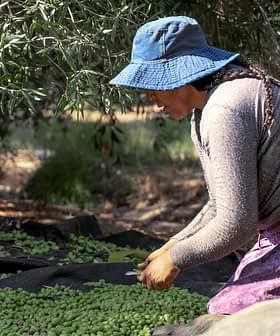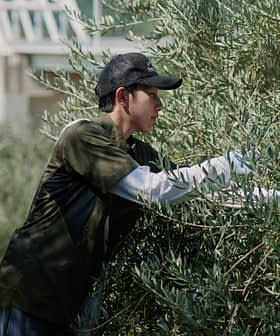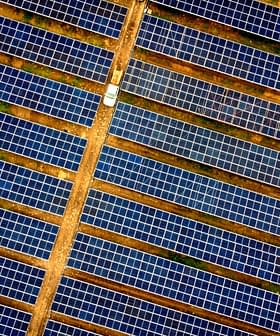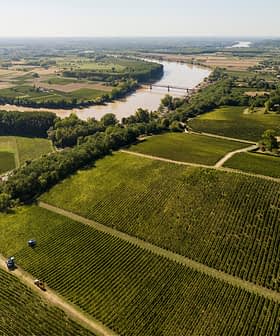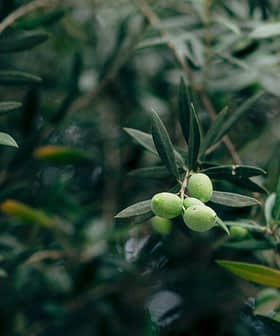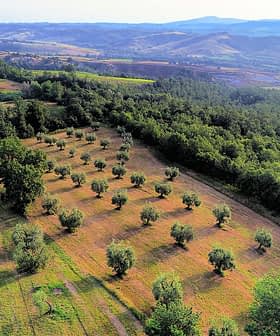 6.0K reads
6.0K readsBusiness
Olives Bring Sustainable Development to Pakistan
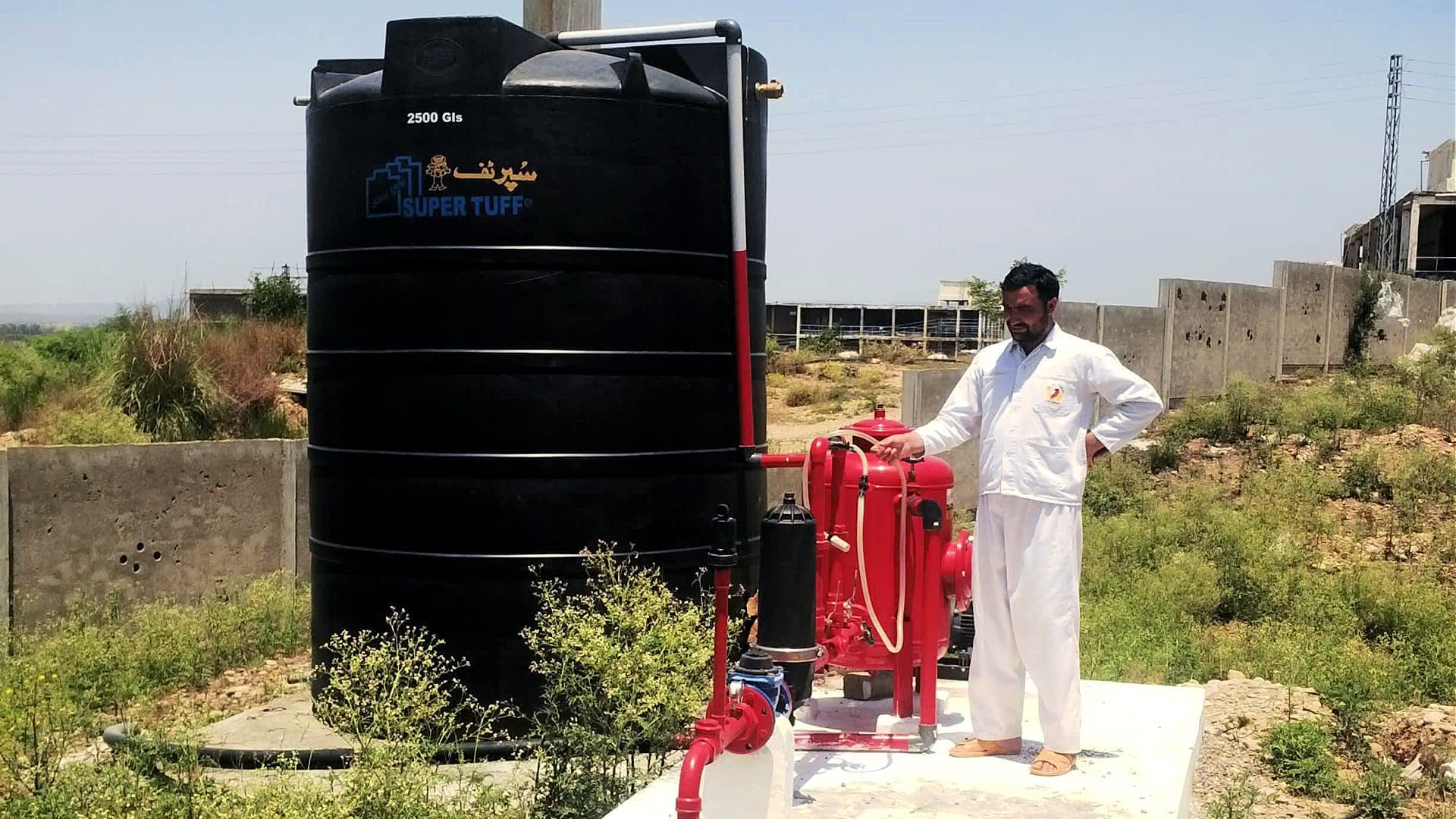
Pakistan and Italy have collaborated for over a decade to develop a sustainable olive oil sector in Pakistan’s rural provinces, with a recent meeting at the PakOlive National Gala in Islamabad to strengthen cooperation. The growth of Pakistan’s olive oil sector, with millions of olive trees planted in collaboration with Italy, is seen as a hope for the country’s economy and a path towards sustainability, although challenges such as the cost of production and quality maintenance still exist.
For over a decade, Pakistan and Italy have worked to create a sustainable olive oil sector in Pakistan’s rural provinces.
In late November, representatives of both countries met at the PakOlive National Gala in Islamabad to strengthen cooperation.
The ultimate goal is exports. We aim to export about 80 to 90 percent of olive oil.
“Italy and Pakistan have a very good history and relationship,” Muhammad Ramzan Anser, an agronomist and the deputy project director at the Center of Excellence for Olive Research and Training (Cefort), told Olive Oil Times.
“There is a great trust bridge between the two sides,” he added. “In fact, Italy opened a trade office in Pakistan this November during the PakOlive National Festival.”
See Also:Festivals and Conferences Build Momentum for Pakistani Olive Oil SectorAnser describes the growth of Pakistan’s olive oil sector as a “hope” for the country. Given that Pakistan’s unemployment rate is 8.5 percent, about 15.51 million people in 2023, the olive oil sector promises to benefit many while boosting the country’s economy.
“The relationship is mutually advantageous,” Muhammad Tariq, the national project director for Pakistan’s Promotion of Olive Cultivation, told Olive Oil Times. He noted that hundreds of thousands of olive trees have been planted in collaboration with Italy in a decade.
“Over 5.6 million plants have already been planted,” he said. “In Pakistan, there is large-scale cultivation of olive trees for olive oil. About 500,000 to 800,000 olive oil nursery plants are planted every year.”
“Up to this point, eight percent of these plants are at the fruiting stage, while others are at medium maturity because they were planted at various stages,” Tariq added.
As the sector has grown, Pakistan has doubled its efforts to reduce its dependence on foreign nursery plants to become a significant independent player in the world of olive oil.
“Previously, these nursery plants were imported, but all this has changed with the work of the Pakistani government,” Tariq said. “Millions of homegrown nursery plants have been planted so far, and these plants have been planted gradually in the various provinces.”
“Pakistan now has expertise in nursery management, development and techniques and can sufficiently provide disease-free certified homegrown plants to meet the demand of farmers,” he added.
Anser believes these developments and others mean Pakistan’s olive oil sector is moving on a sustainable path. First, most olive trees are growing in once-barren areas.
“Pakistan’s now-thriving olive groves were cultivated on land with zero economic activity. He said that cultivating olives on these marginal lands has created business and job opportunities for the rural poor,” he said.
“It has definitely been a geological mission, which has occurred without replacing any crop in Pakistan,” Anser added. “Instead, we are converting wastelands into olive groves while maximizing the potential of agriculture in the country. Moreover, potentially four million hectares of such land are available for future cultivation.”
It has been proven that converting hundreds of hectares of barren land will not only benefit the landowners and farmers financially, but it could also have a positive impact on the wildlife and flora while slowing down the effects of climate change.
“Olive groves have been declared one of the best weapons against climate change,” Anser said. “Unlike other climate change initiatives, planting olive trees creates a green initiative and fosters a sustainable business, where poor farmers can earn an income.”
The ability of olive cultivation to alleviate rural poverty and mitigate the impacts of climate change also extends to the byproducts of the olive oil production process.
The olive oil industry produces vast byproducts, such as leaves, pomace residues and wastewater, from which ingredients can be extracted to make cosmetics, including soaps and creams, food, packaging materials and pharmaceuticals.
Tariq said Pakistan benefits from these byproducts and, as a result, is a producer of many olive oil-related finished products, supporting workers with diverse skills.
“This is the first commodity where we provide assistance across the value chain from the nursery to the finished products,” he said. “Of the 45,000 acres (18,000 hectares) already cultivated, an equivalent of about 110 tons [of olives were] harvested last year, 40 to 50 tons of that amount went to value-added products.”
A review article published in Comprehensive Reviews in Food Science and Food Safety noted, “olive oil byproducts are regarded as inexpensive and abundant raw materials, rich in bioactive compounds with high and varied health-related activities.”
These byproducts foster the sustainability of the olive oil chain and promote the circular economy.
According to Tariq, “34 cold press units are used to extract and process up to 30 to 50 kilograms of olive oil per hour, available within the private and public sector.”
“They were bought from Italy by the government,” he added. “Non-governmental organizations and private farmers also purchased a few. As a result, there is a lot of scope for value-added products like soap-making and production of moisturizing creams that are now produced in rural areas.”
Despite the huge leaps forward, challenges exist. “There are not enough certified technicians to run custom machines and spare parts since these machines are from Italy,” Tariq said.
“The second challenge is that we have to discuss how to maintain the quality of the olive oil from the land to the mills and constantly teach and train farmers to maintain the highest quality standards,” he added.
Another issue, according to Tariq, is the cost of producing domestically. “There’s no processing of colored bottles in Pakistan. As such, these olive oil bottles have to be imported from China and elsewhere. And this adds the costs of the olive oil.”
This issue is confirmed by Anser, who noted that although there is already local demand for the olive oil produced, it costs from $10 to $15 (€9 to €13.50) per liter, which only a segment of the market can afford.
Most Pakistani homes traditionally cook by deep frying. As a result, “the government is working side by side to improve the cheaper canola oil,” Anser said.
“The ultimate goal is exports,” he added. “We aim to export about 80 to 90 percent of olive oil. However, we continue to see that a segment of the society is increasingly aware of the medicinal and health benefits of olive oil and are more health conscious.”
“There is a growing acceptance of olive oil locally, and this year, the local brand, PakOlive, was launched at the government level,” Anser continued. “There’s a small quantity available on the shelf, but mostly olive oil can be found online. Consumers can also visit these cold press units to buy virgin olive oil directly.”
Tariq added that while Pakistanis harvest and mill the olives, much of the technical expertise comes from Italians.
“Recently, Italy and Pakistan established the OliveCulture initiative,” he said. “This project provides farmers with pruning skills and other kinds of techniques, which are offered by visiting Italian experts.”
“There is definitely potential to export high-quality olive oil to Italy,” Tariq added. “Currently, Pakistan and Italy enjoy annual trade of €2 billion.”


